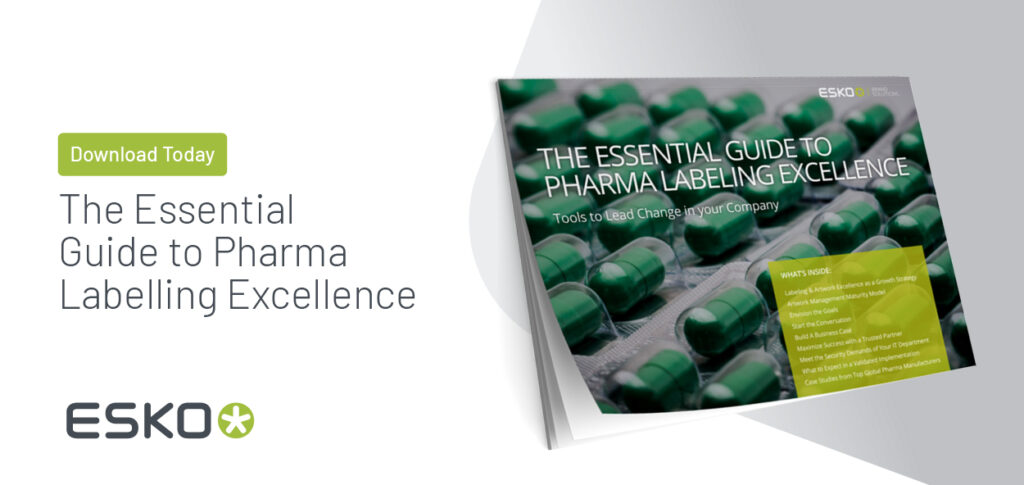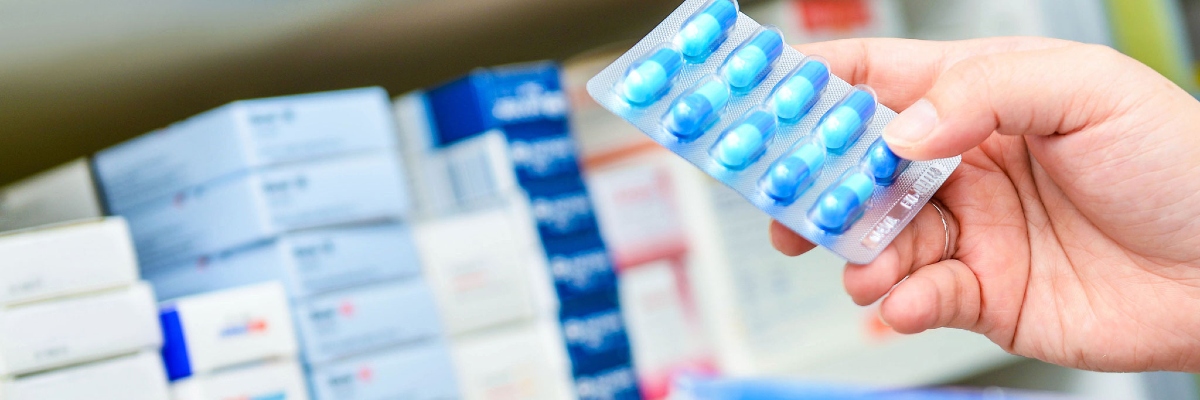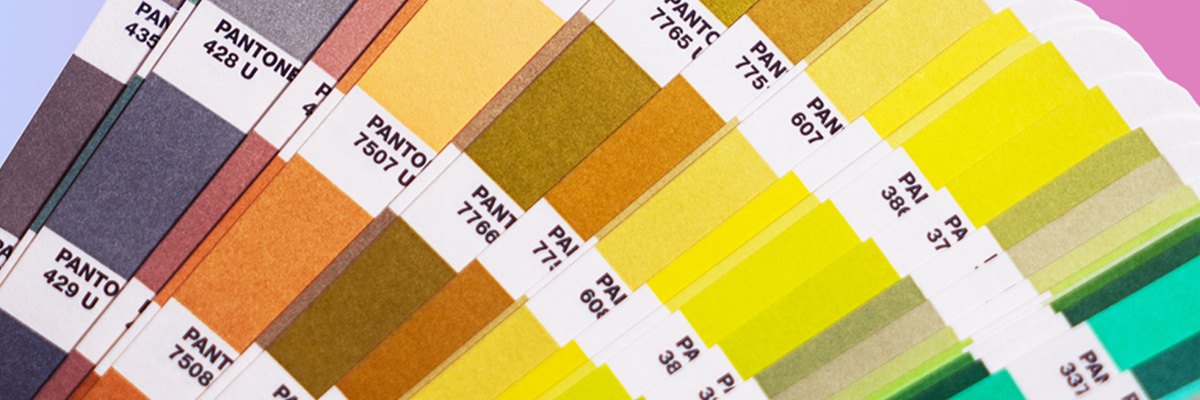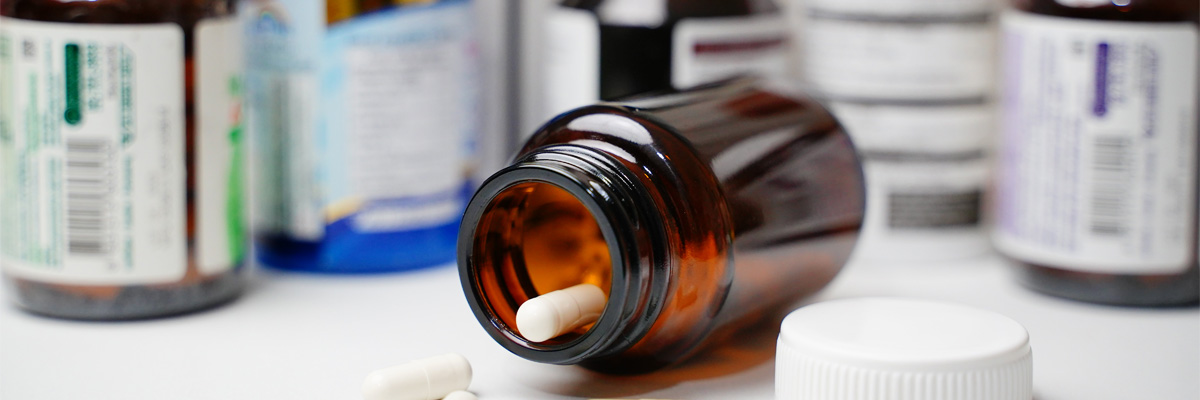The degree of regulatory complexity managed by life sciences companies is off the charts. Making compliance even more onerous is the use of primarily manual methods of label and artwork management. Using digital solutions to manage these processes is not the stuff of science fiction, it is reality now.
“We’ve reached a tipping point in the market,” says Jackie Leslie, life sciences category expert at integrated solutions provider Esko. “Companies are starting to explore how to become more efficient, because the pace of change is not going to be slowing down anytime soon.”
Keep reading to discover the 5 key trends influencing the market and what you can do to maximize your success.
Trend 1: Quality
In the Life Sciences industry, the accuracy of a package or label could be a matter of life or death. The bar for labelling and artwork quality only continues to rise – both in terms of patient expectations and regulatory requirements. The risk of potential liability is ever-present.
“The expectation in the market is that the quality of labels gets better and better,” explains Leslie. For life science companies, this means putting in place rigorous quality control processes to ensure accuracy and compliance with all necessary certifications.
Trend 2: Traceability
The demand for traceability is no longer just on the palette level, Leslie explains, but right down to the individual unit. This means managing barcodes, QR codes or unique device identification (UDI) serialization and having tight control over the supply chain.
“There’s been a shift for labelling organizations to understand how to manage the track and trace process more efficiently,” says Leslie. In the life sciences market, it is essential to know where a product has come from to bolster trust, assure compliance, and minimize adverse claims of product legitimacy.
Trend 3: Accessibility
Pharmaceutical or medical device label content is essential for the safety and efficiency of the product’s use. Every user should be able to access and understand that information. Traditionally, instructions for use (IFU) appear on a paper insert which is notoriously non-user friendly.
Today, manufacturers are striving to improve all facets of the accessibility of their product information. The key considerations are as follows: Does the patient have the information they need? Is it in a readable format? Is it understandable?
“Electronic instructions for use (eIFU) are a good example,” says Leslie, “and they’re almost the norm now.” eIFUs are available in digital format, which opens far more accessibility options including offering different languages, colors, imagery, and sizing.
Trend 4: Speed
As markets evolve and regulatory changes continue to proliferate, companies must not only keep up, but they must be also resilient in their ability to respond. This includes creating or changing content on an expedited basis.
“This trend comes at least in part from Covid-19,” says Leslie. “With the vaccine, we saw how quickly drugs can be developed when it’s needed. That’s going to set a precedent in the marketplace.”
With regulators responding to accelerating market change, companies will require flexibility and control to remain compliant. Labelling and artwork management systems with built in flexibility – such as end-to-end solutions and those that incorporate automation – are and will continue to be essential.
Trend 5: Standardization
“Right now, every regulatory body around the world has slightly different requirements.” Says Leslie. “However, there’s always been an expectation there will be global standards for companies or regulatory bodies in the future.”
However, the impact of Covid-19 demonstrated the importance of international collaboration in life sciences. According to Leslie, “Maybe we’re at a tipping point where there could be more global body collaboration.”
Should collaboration become the norm instead of the exception, perhaps the present intricacies associated with labelling and artwork management will be alleviated to a greater degree.
Best Practices for Life Sciences Companies
The foregoing trends demonstrate the need for pharmaceutical and medical device companies to adopt a new approach to labelling and artwork management. Successful life science companies have no choice but to become more resilient as globalization presents future challenges.
End-to-end visibility is imperative. Enhanced visibility enables companies to see the effect of a regulatory change across the entire process, ensuring labels can be rapidly updated while still meeting varying compliance standards.
How is this accomplished? The answer is by streamlining the ecosystem.
“The labelling process relies on many different systems, from change management to regulatory information management to artwork management and supply chain systems, to name a few,” says Leslie. “Traditionally, these systems all worked independently of each other. Today, companies need to perform as an ecosystem, integrating those systems to better react to increased labelling changes.”
Traditional methods of content management, where information is hosted in Word or Excel documents, are not conducive to implementing these optimizations. Companies seek more powerful solutions, and technological innovation is paving their way. Automation promises to be a champion of future-ready artwork and labelling management by reducing the risk of human error entailed in manual methods and boosting speed and flexibility.
“A focus for Esko is how we can best use technology to help companies mitigate risk, remove manual touch points, and streamline their processes,” says Leslie.
Life science companies can look forward to new forms of automation as well, including barcode checking, proofreading, and artwork updates.
“The technology is there or will be there,” says Leslie, “and life sciences companies are becoming more willing to take it on, because they can see the benefit of it.”
Learn how to stay ahead of market trends with Esko technology, download the white paper!











